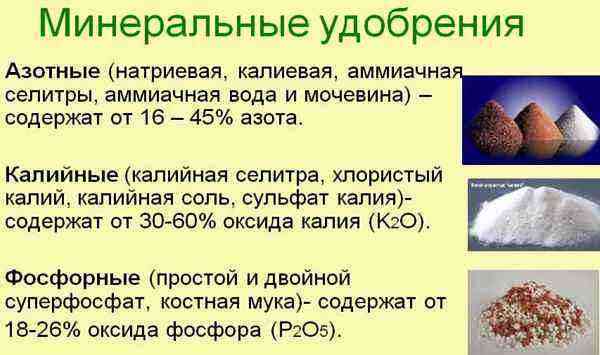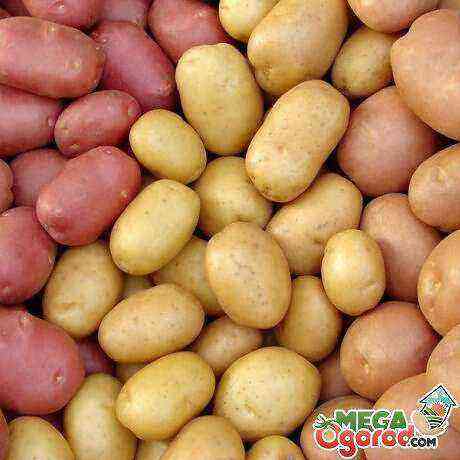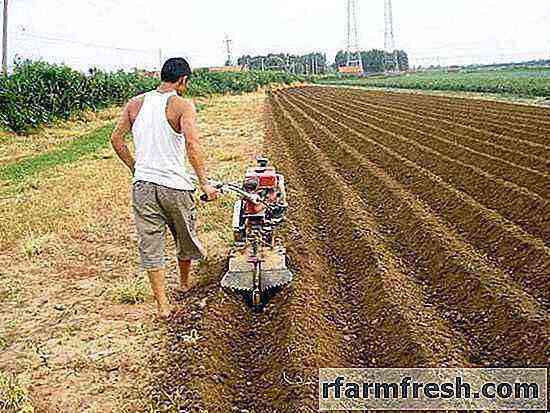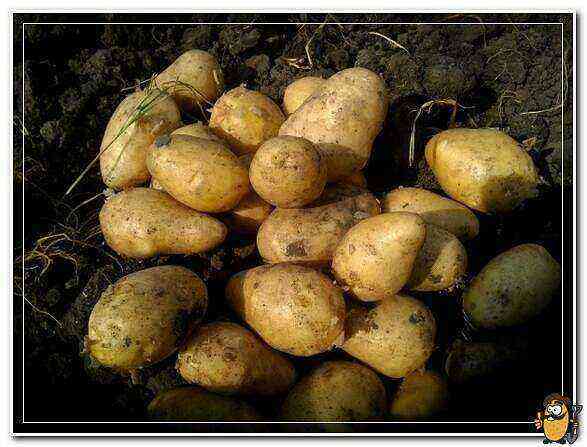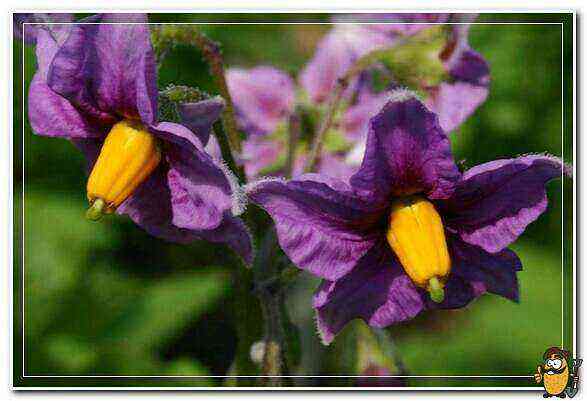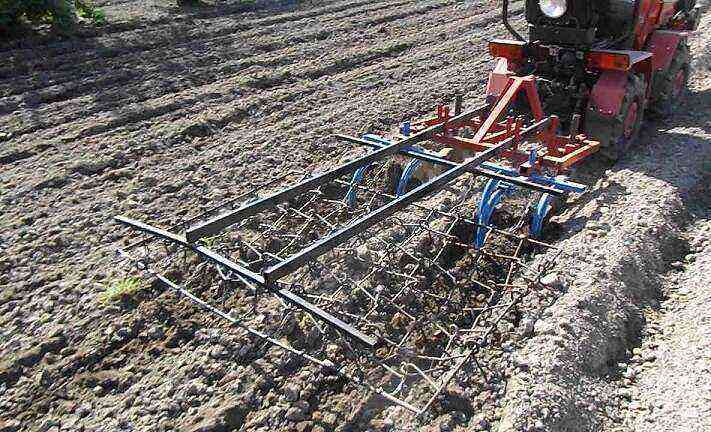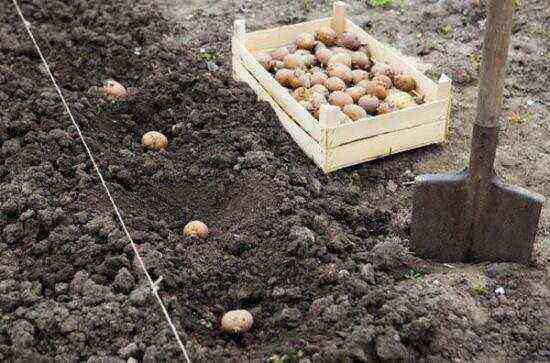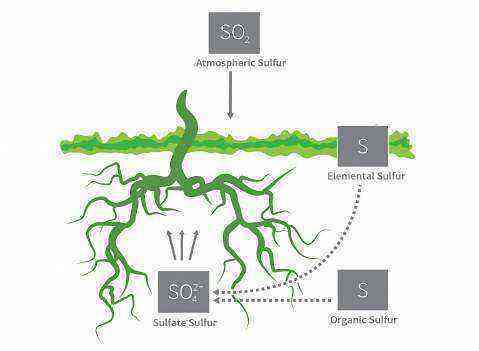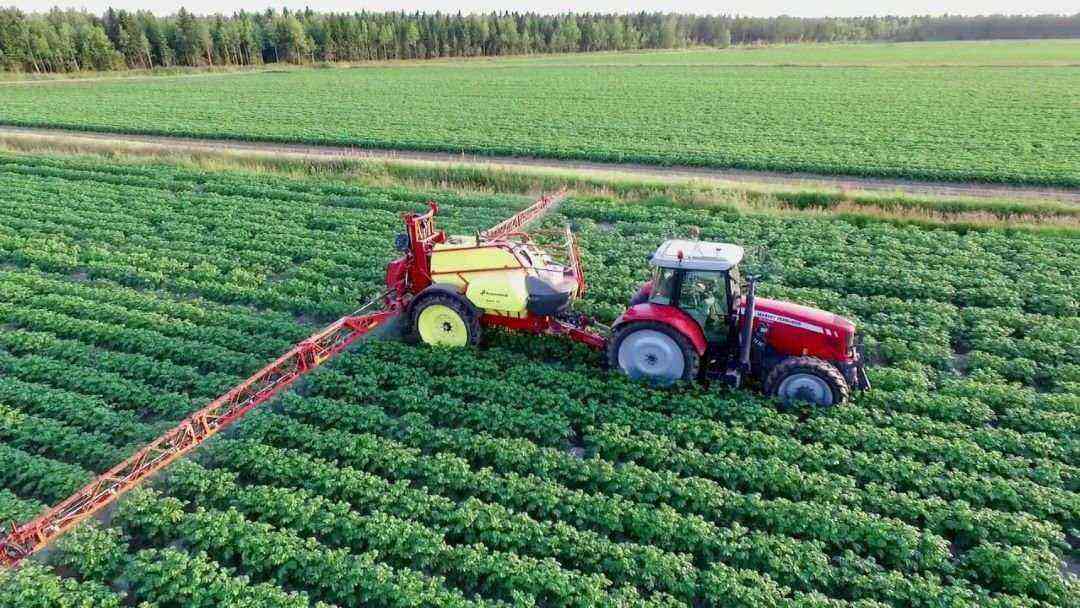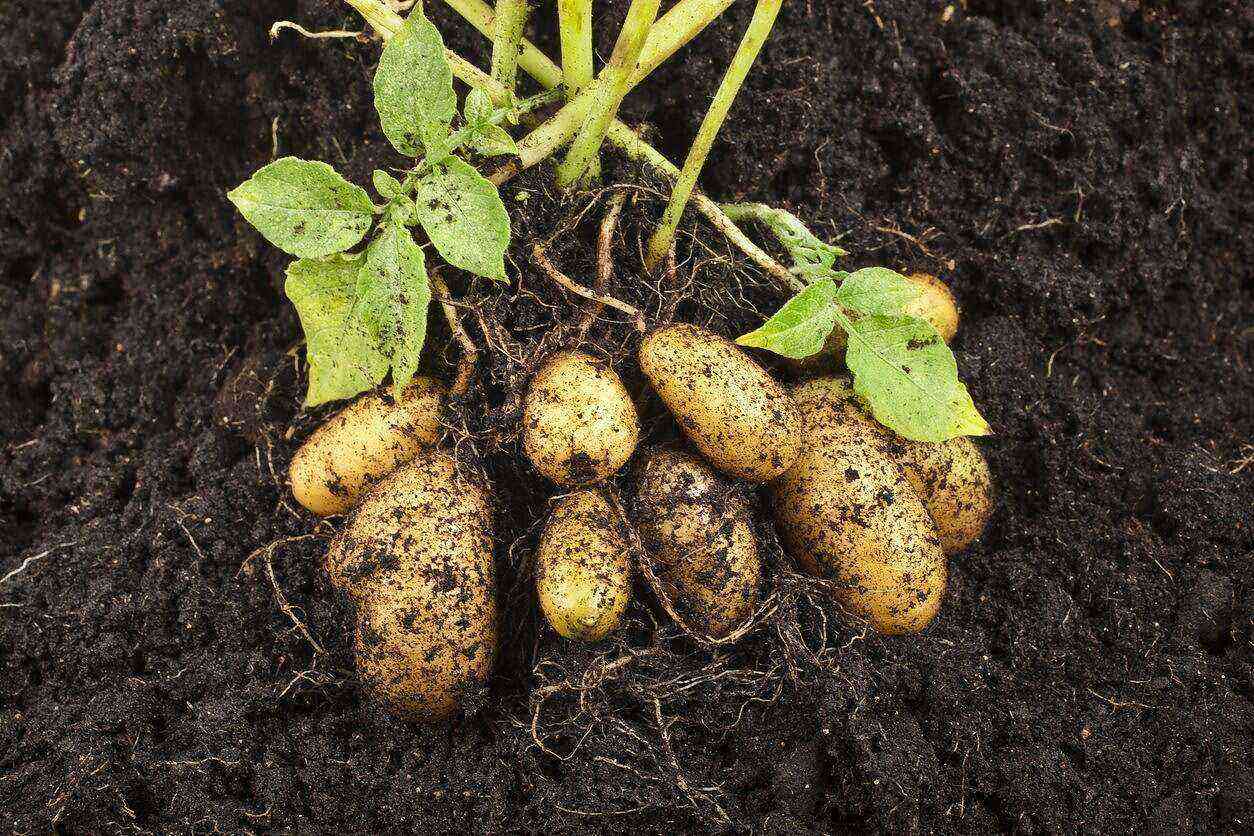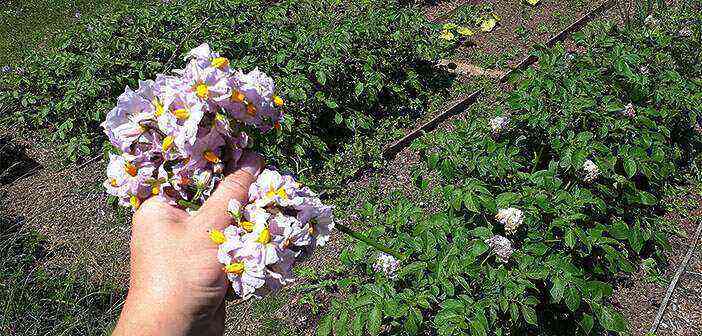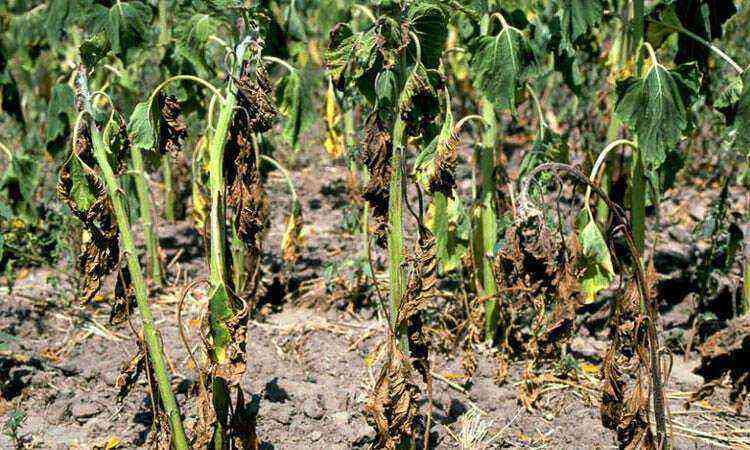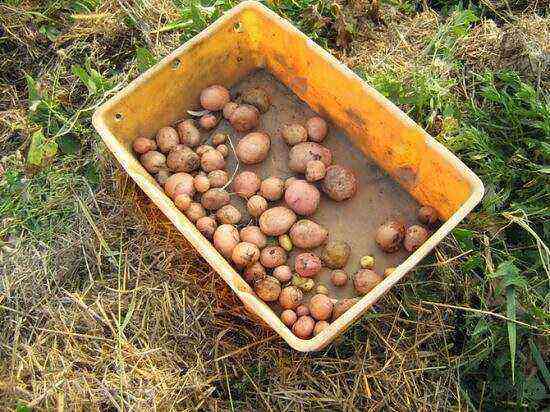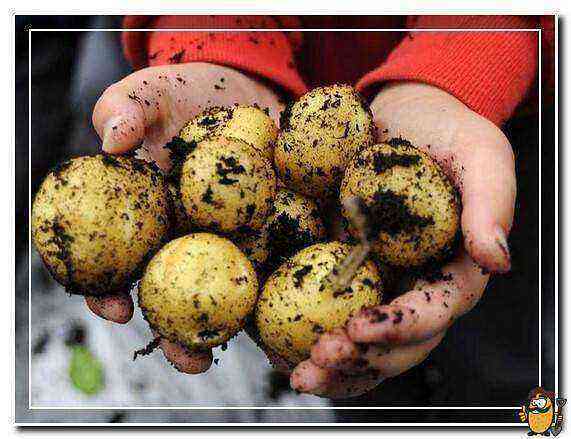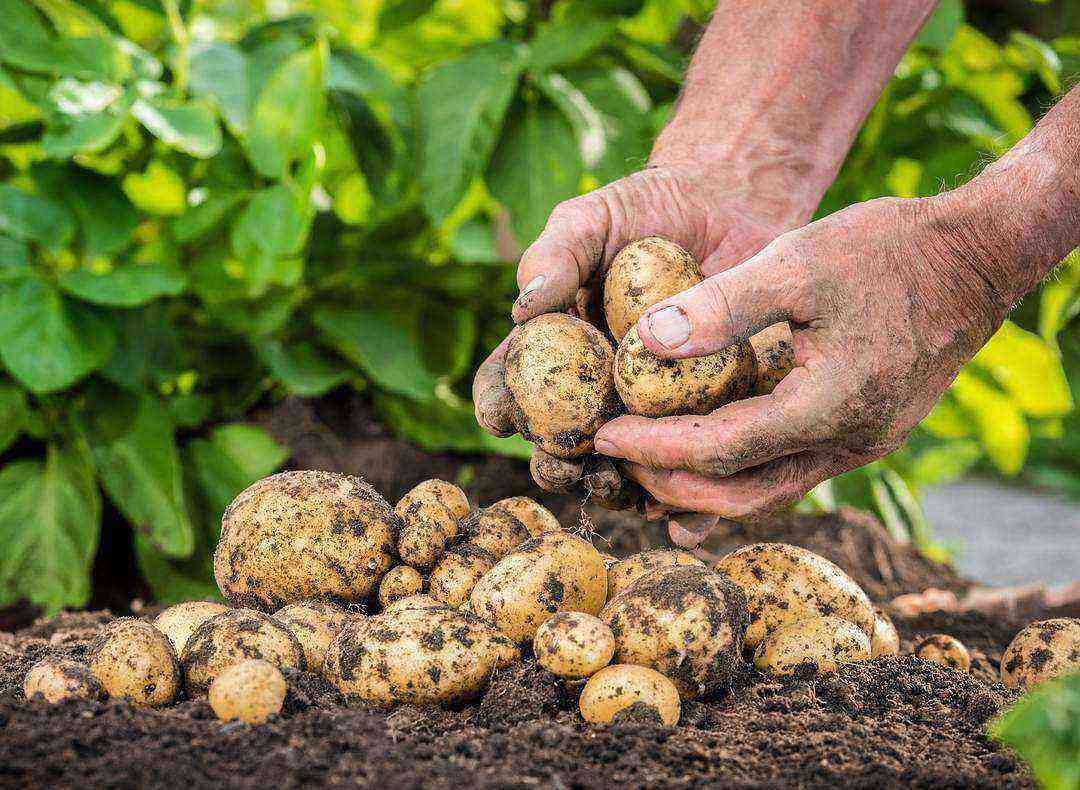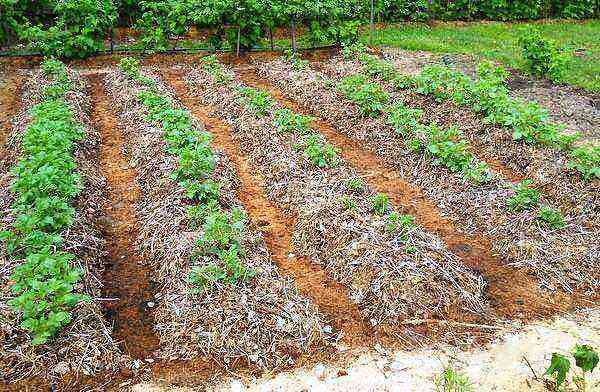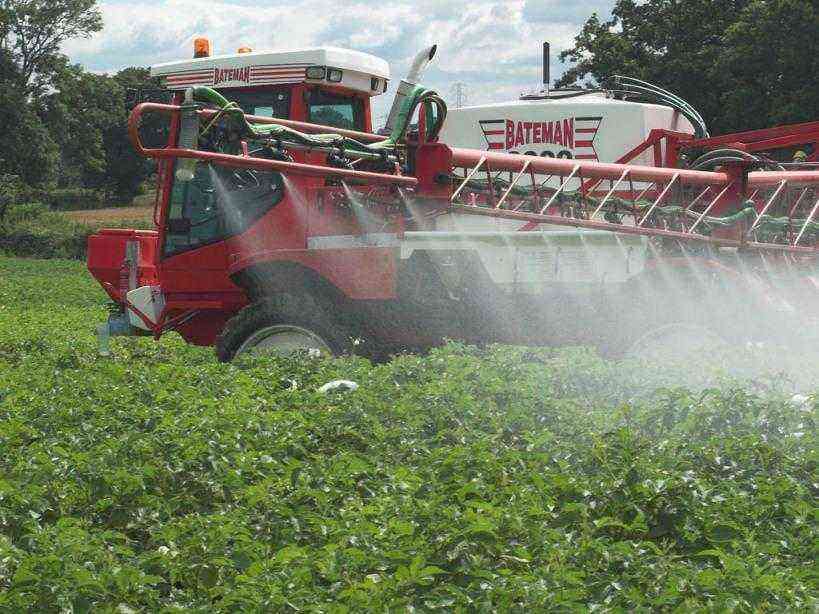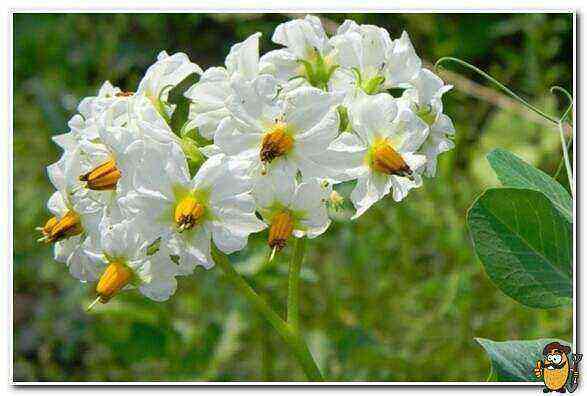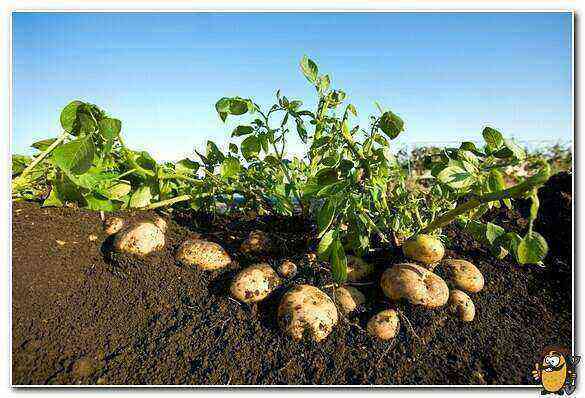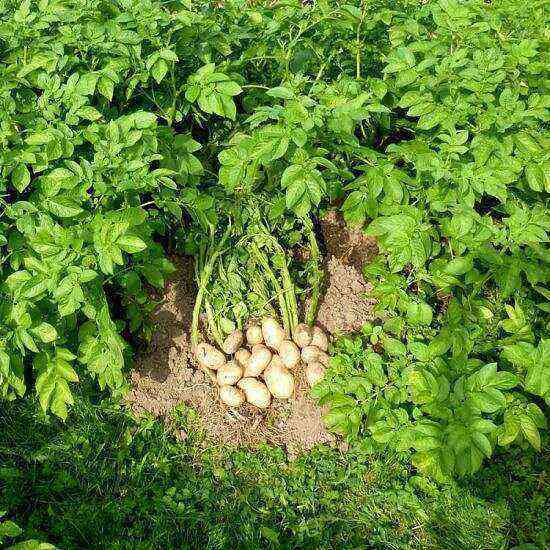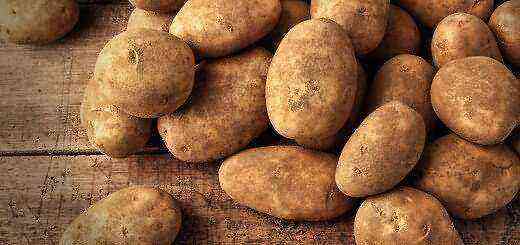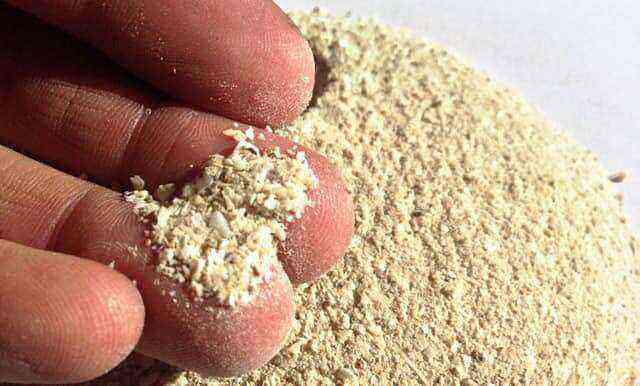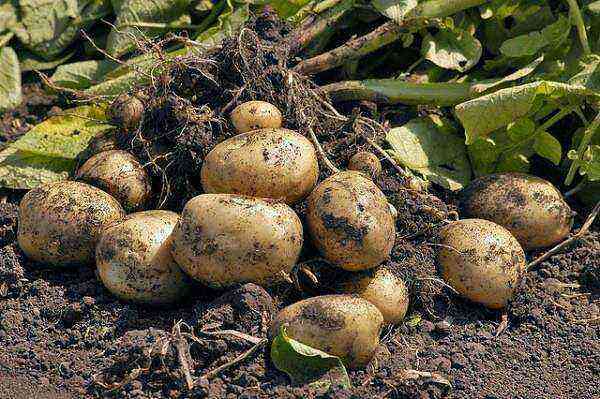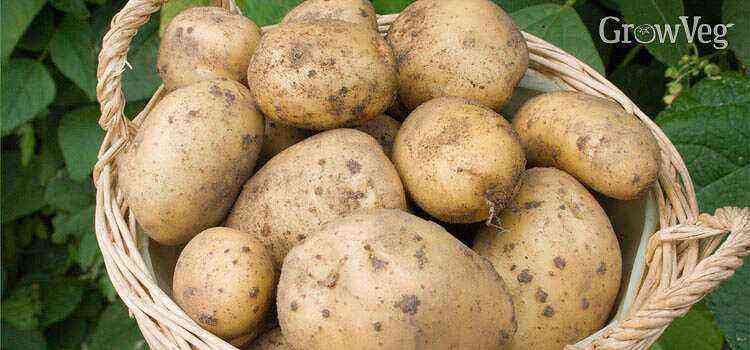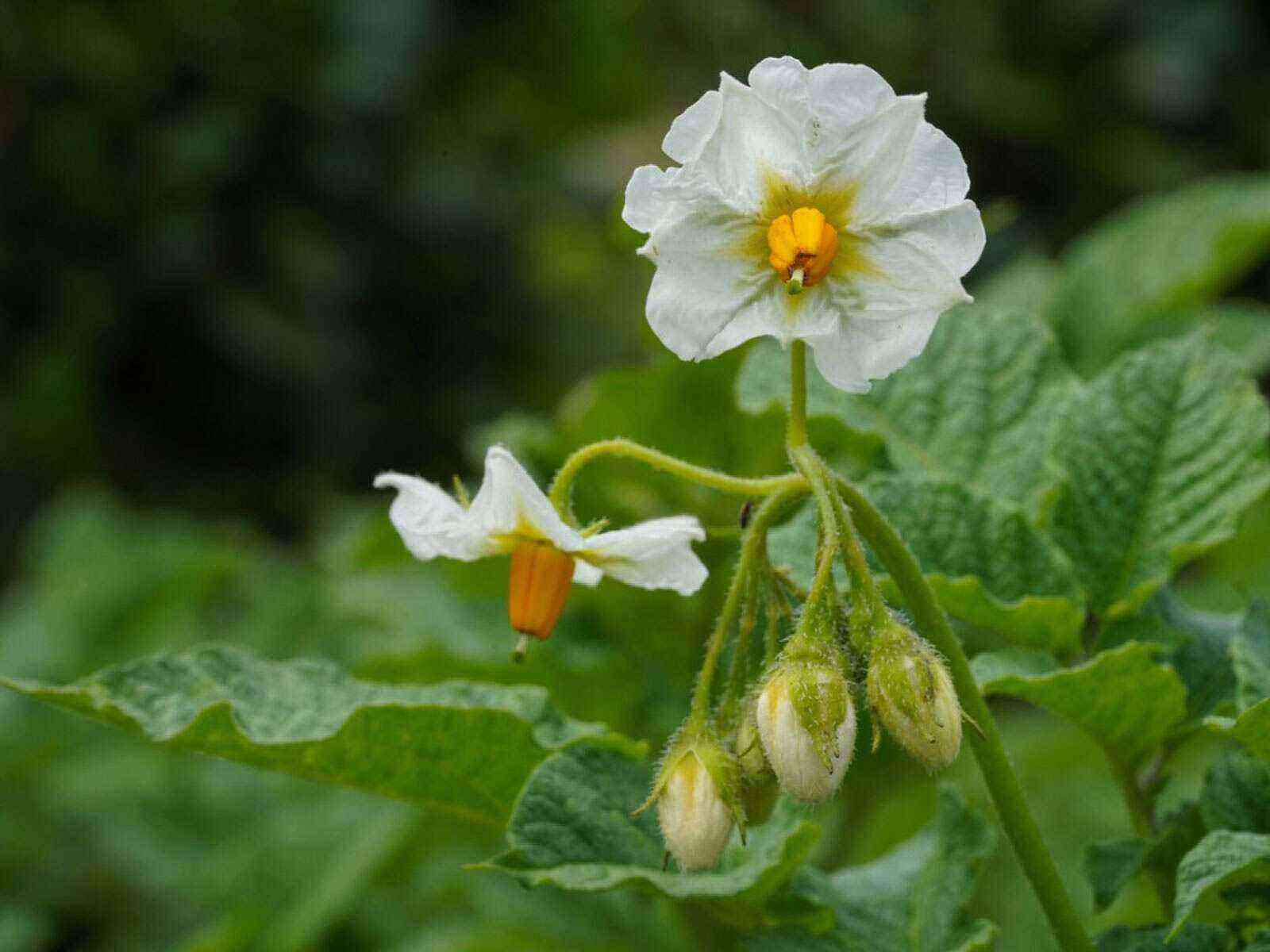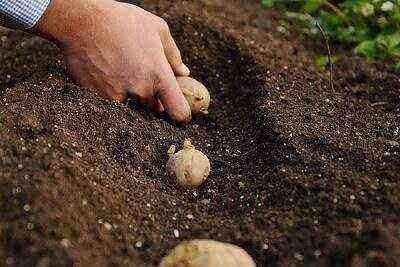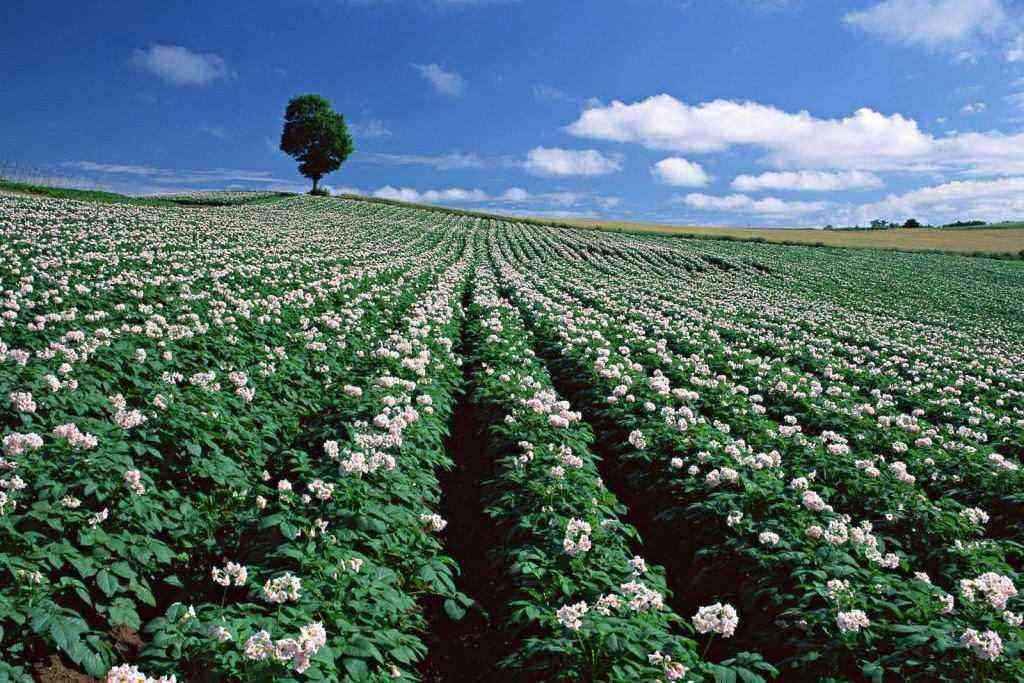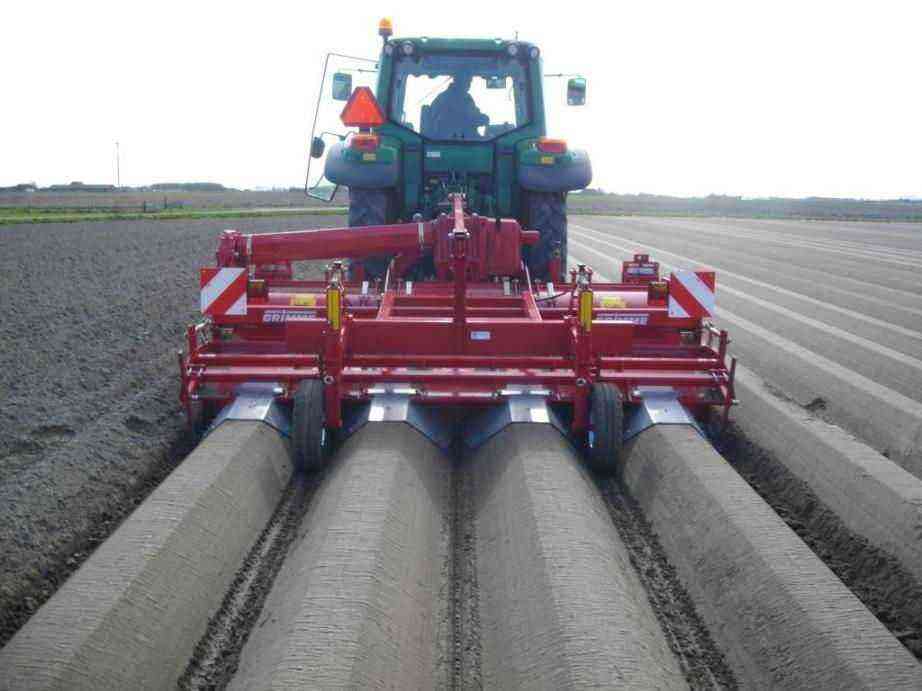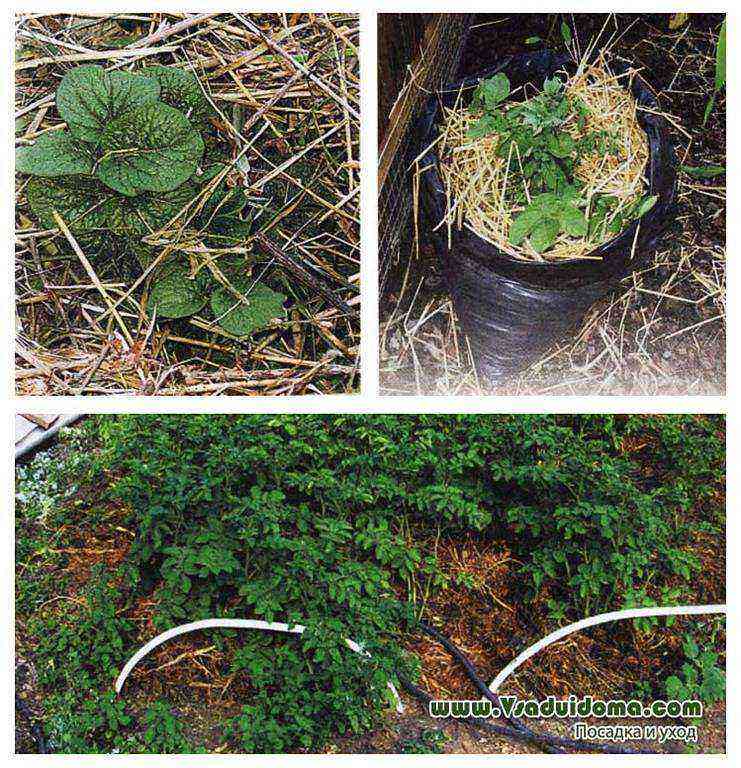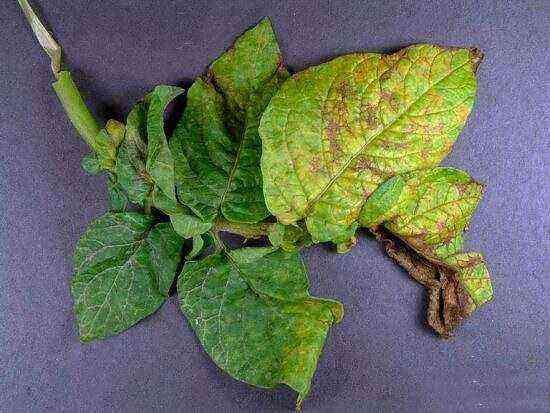Review of Yanka potatoes. In many countries, new, more improved varieties of potatoes appear almost every year. Some of our gardeners prefer to grow the results of the labor of domestic breeders, others choose foreign options. For example, Belarusian potatoes will have many admirers. And it is not surprising, because its varieties are the standard of quality and taste.
A promising novelty of Belarusian breeders is the Yanka variety. It is high-yielding, unpretentious and has excellent taste characteristics. What other advantages does this potato have? And does it have negative sides?
Yankee variety: description
The Center for Vegetable and Plant Growing of Belarus introduced this vegetable in 2010, and two years later it was entered into the Russian State Register. Yanka potatoes are recommended for cultivation in the North-West and Central regions of the Russian Federation, but they are also successfully grown in other regions of the country.
The Yanka variety is versatile, it is equally well suited for small vegetable gardens, and for medium-sized farms, and for large industrial farms. The harvest of these potatoes is excellently stored and can be transported over long distances. The tubers have an ideal presentation, so they can often be seen in supermarkets and vegetable fairs.
Yanka is included in the list of mid-season table varieties. The period of full maturation is 90-100 days. The yield indicator varies between 195-315 c / ha (depending on the type of soil, climatic conditions, agricultural technology, and so on). One plant produces 8-12 tubers, the average weight of which is from 80 to 110 grams. The minimum starch content in the tuber is 14,8%, the maximum is 15,4%. Keeping quality is high enough. Even with long-term storage, no more than 4% of the total yield is lost.
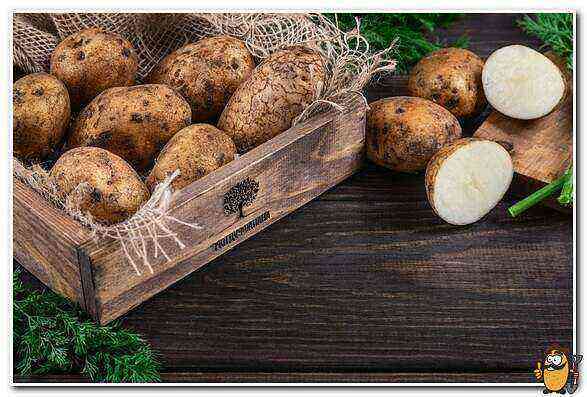
Another remarkable quality of this variety is resistance to such a common disease as late blight of tubers and stems. In addition, he does not suffer from cancer, is not affected by a nematode.
Yanka potatoes: characteristics of tubers
The variety has the following distinctive features:
- tubers are even, large, neat, roundish-oval or elongated-oval;
- the peel is yellowish, thin, slightly reticulate;
- the flesh in the context is creamy or light yellow, rich in starch, protein, amino acids and vitamins;
- eyes are few in number and shallow, almost invisible;
- the average weight of 1 tuber is 95-100 g.
With a moderate starch content, the Yanka variety practically does not fall apart during cooking. The cream shade also does not change after heat treatment in water.
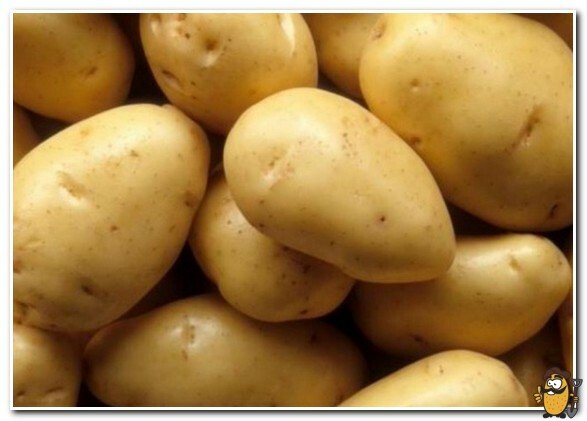
Plant appearance
Bushes are low, straight, slightly drooping tops. Light green leaf plate is small in size, has a weak wave along the edge. Delicate purple flowers are collected in a large inflorescence. Flowering proceeds quickly, so the berries do not have time to set, they can be seen very rarely.
The rhizome is powerful, well branched. Up to 12 large tubers are formed on it. Small and deformed potatoes are found only occasionally.
Plants respond well to timely feeding with mineral and organic fertilizers. After applying biomass, they look more attractive and give twice the yield.
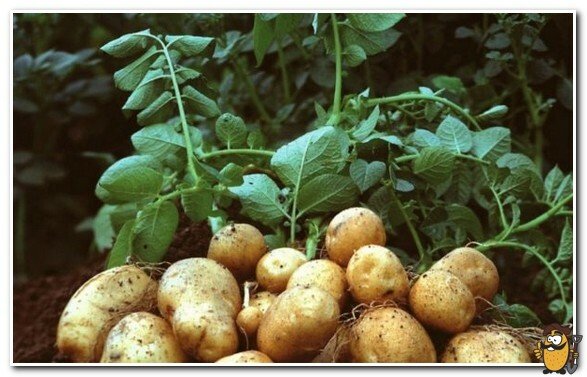
Yanka grows well on any soil, tolerates dry periods and sudden changes in temperature. If the summer is too dry, additional watering will not interfere with active flowering.
Other advantages and some disadvantages
Yanka potatoes, like any other variety, have not only advantages, but first about the positive aspects of this vegetable. Let’s list the main ones.
- Excellent taste of the pulp.
- High yield rates, good keeping quality.
- Simply unsurpassed presentation.
- Lack of a tendency to degeneration in seed.
- Mechanical damage during harvesting is minimal.
- Potatoes are unpretentious to soil.
- It perfectly tolerates natural whims (drought, prolonged rains, a sharp increase or decrease in temperature).
- It is widely used in cooking.
Unfortunately, it cannot be stated that the variety has no negative characteristics. Gardeners most often complain about the following:
- under unfavorable conditions, there is a tendency to certain diseases
- for the same reason, the size of tubers sometimes becomes smaller.

Application
Received Yanka potatoes reviews from many chefs and food manufacturers. And not only for the excellent taste, but also for its versatility. The vegetable is good both boiled and fried. When boiling, the pieces keep their shape perfectly, but the mashed potatoes are crumbly and not clogged. Stuffed and baked tubers are great too. When cutting, the pulp does not darken for a long time. Due to these qualities of the vegetable, many manufacturers buy it for industrial processing. Chips, French fries, freeze-dried mashed potatoes and other products are prepared from tubers.
Features of landing
Although the Yanka variety is not picky about the quality of the soil, it is still preferable to plant it in light fertile soils. It is better to start preparing the site for planting potatoes in the fall. As soon as the harvest is over, you need to remove all plant residues, dig up the weeds along with the rhizome and plow the ground. At the same time, manure is introduced, the components of which will be rotted during the winter and in the spring the soil will become much more fertile.

A crop rotation must be done every three years. This will prevent mass contamination of the soil with various pathogenic bacteria, fungi and larvae of harmful insects. Carrots, cabbage, legumes, meadow grasses, and garden herbs are recognized as ideal precursors for potatoes.
In the spring, the preparation of the land continues. If the soil is too heavy, moisture will take a long time to leave and prevent early planting. Therefore, the soil is plowed again (in small areas, it is dug up).
Potatoes of this variety grow equally well regardless of the method of planting. It can be planted in ridges, trenches in the ground, or even holes can be dug. At this point, it is important to add organic matter that increases the nutritional value of the earth. This could be:
- humus;
- wood ash;
- onion peel;
- forest soil.
When the soil on the site warms up to +10 degrees, you can start planting the prepared tubers. Prepared, that is, previously germinated. The height of the sprouts should not exceed the 5 cm mark, otherwise they will break. Yanka seed potatoes must not be cut. It was already mentioned above that the tubers of this variety have too few eyes, so the cuttings will not give the desired results.
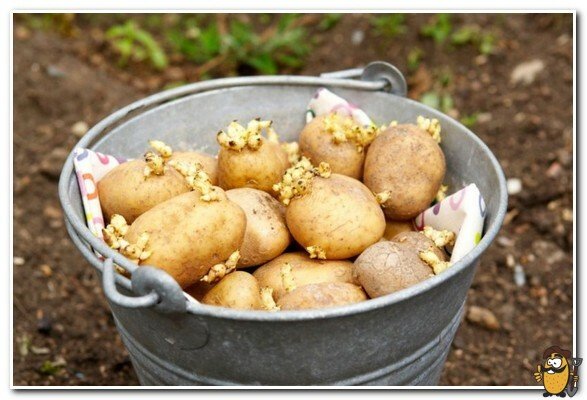
The planting scheme is standard: depth – 10 cm, width between rows – 70 cm, distance between bushes – 35 cm.This is the best option, convenient for post-plant processing of plants and harvesting, as well as allowing you to grow a good harvest.
Care of potatoes
The soil, especially wet and heavy, must be loosened after a week from the moment of planting. At the summer cottage, a rake or a hoe is suitable for these purposes. Due to loosening, air circulation will improve, sprouts will appear on the surface much earlier.
Young plants that have reached a height of 15 cm must be hilled. The first hilling will not allow the bushes to decay, make them grow rapidly upward. After 2 weeks, the Janka potatoes are spud a second time. In order for the rhizome to grow and tubers to form, a high mound must be poured around each plant. The hills are sometimes washed away by rain. If such a nuisance has occurred, this is the reason for the third hilling.
Plants will be attacked by pests as they grow. The Colorado potato beetle is the most dangerous enemy of potato bushes; only timely processing will save it. Some summer residents soak seed potatoes in preparations, others spray the leaves and stems as insects attack. Both methods are justified.
In extreme heat during the flowering period, it is recommended to additionally water the potatoes. It is during flowering that future tubers are formed on the rhizome and they really need water for full growth and development. If there is enough moisture in the ground at this moment, then there is no need for watering.
After the fall and spring fertilization in the summer, only nitrogen can be added. It will help plants actively grow both ground green mass and tubers in the ground.

Harvesting and storage of crops
At the end of summer, you can start harvesting. The Yanka potato variety belongs to the mid-season, its tubers fully ripen in 90-100 days. By this time, their peel will become dense enough and will not be damaged during the digging process. You can pick the tubers manually using a pitchfork or a shovel. The cleaning process will go much faster if you use mechanical diggers.
The entire harvested crop is left in the air for an hour and a half to dry. Dry peel is easier to get rid of the remnants of the earth, so the spoiled specimens are more visible, which should be removed.
Dried tubers are harvested and sorted simultaneously. All small and damaged tubers are set aside. The most beautiful potatoes with many eyes are selected for planting next year. Large specimens are folded into nylon nets, wooden boxes or bags made of natural fabric.
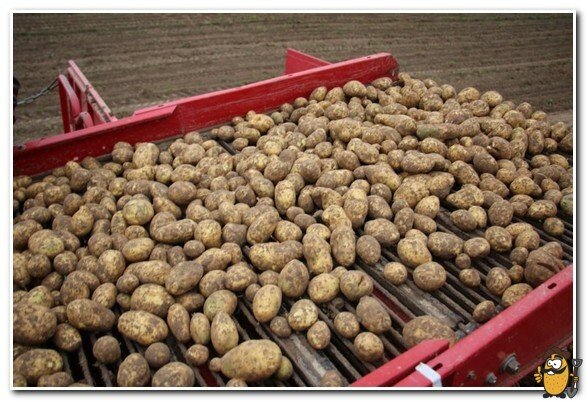
The crops are stored in the basement, cellar or warehouse. Yanka potatoes have a high keeping quality – 96%. Compared to other common varieties, this is a very good indicator. Let’s take a table for example.
Summing up, we can say that the Belarusian Yanka variety has every chance of becoming the most popular among summer residents and large producers of potato products.
